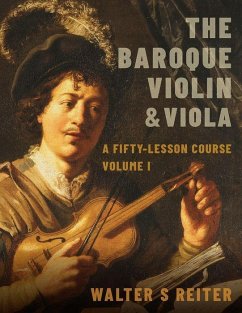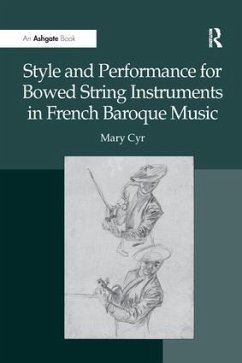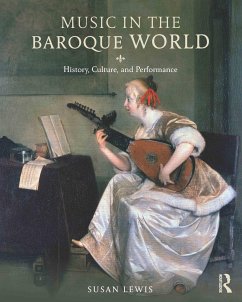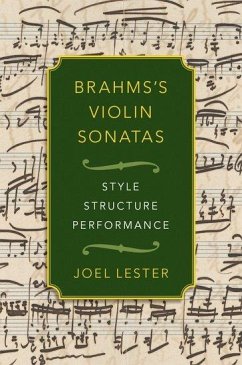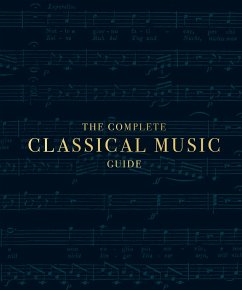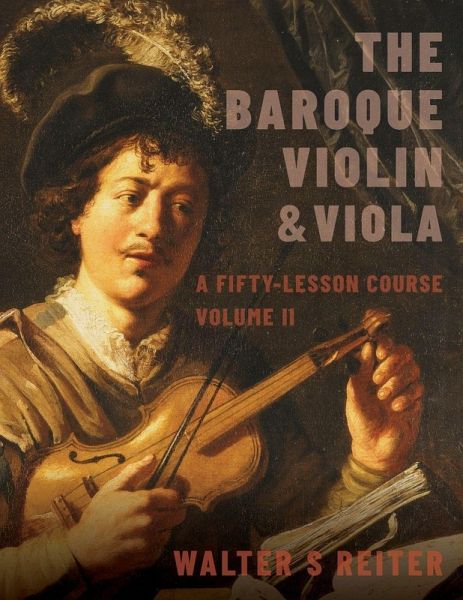
Baroque Violin & Viola, Vol. II
A Fifty-Lesson Course
Versandkostenfrei!
Versandfertig in 1-2 Wochen
58,99 €
inkl. MwSt.

PAYBACK Punkte
29 °P sammeln!
A groundbreaking pedagogical work, The Baroque Violin & Viola, Volume II: A Fifty-Lesson Course blends Walter Reiter's experience as a renowned teacher and performer to guide the reader through the techniques and interpretive complexities of the Baroque violin repertory.



